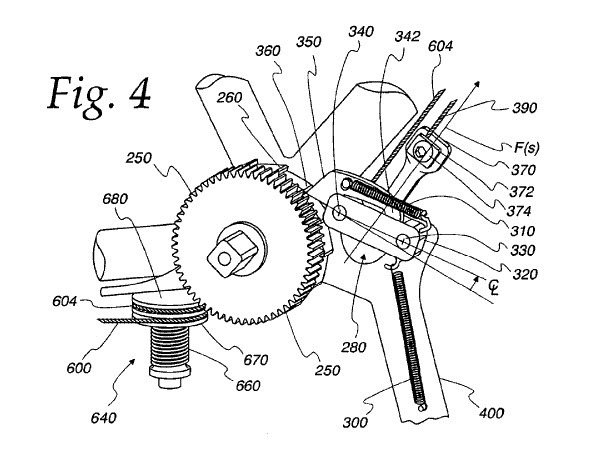
Today the U.S. Patent and Trademark Office (USPTO) in cooperation with the newly unveiled Center of Excellence for Collaborative Innovation (COECI) launched the USPTO Innovation Challenge, a $50,000 prize to develop new algorithms to aid in patent examination.
Approximately half-a-million U.S. patents are filed by inventors, entrepreneurs, and businesses each year. The Challenge is part of a broader USPTO endeavor to modernize the information technology used by the Office’s patent examiners.
Most patent examiners must look at hundreds of pages of documentation for each patent they examine, so many aspects of the new system are designed to reduce the amount of page flipping, improve readability, and allow for annotation of the documents. This includes the need for a better way for patent examiners to view and parse the detailed drawings that are often critical to determining whether an invention merits a patent.
The Challenge will spur the development of new software to automatically identify key features of the technical drawings, such as the figure boundaries or the locations and text of the part labels. The drawing page above, taken from a patent called “Bicycle Transmission System” (number 8,033,945), shows a figure and intricately labeled parts. But as is often the case with patent applications, the descriptions of those parts are buried on another page. Armed with the results of this challenge, a patent examiner wouldbe able to seethe descriptive text associated with each part right on the drawing page. For instance, part 260 will be labeled with “driving load torque on sun ratchet” and part 390 with “pawl control cable.” Having the descriptive text right next to the part number will reduce the need for the examiner to flip back and forth between the textual description and the drawings, thus making it easier to understand the proposed invention.
That clarity will eventually be helpful to everyone interested in intellectual property who uses the Office's publicly available tools. Further, because the USPTO makes patent data publicly available for download, the results of the competition will also help improve patent analysis tools built by businesses, non-profit organizations, or anyone else who builds on the data.
Few image processing problems can be solved reliably today, but image processing experts think this particular problem is sufficiently well definedto reap the benefits of crowdsourcing, which has a strong track record of surfacing novel solutions from unexpected places. In fact, more than 900 programmers and image processing experts from around the world have pre-registeredto compete in this Challenge, increasing the chance it will end up with effective algorithms. Results are expected to be selected before February 16, 2012.
As Federal agencies like the PTO begin using new tools – like prizes – to solve tough, mission-critical problems, the new Center for Excellence for Collaborative Innovation will become avaluable new resource. The Center is a recent initiative that is being established by NASA with support from OSTP. Building on the NASA Centennial Challenges, NASA Tournament Lab, and NASA Open Innovation Pavilion, the Mapping Dark Matter Challenge, and many more successes, the Center will provide guidance to selectedagencies onallaspectsof implementing open innovation initiatives, from problem definition, to incentive design, to post-submission evaluation of solutions. This end-to-end service allows agencies to rapidly experiment with these new methods before standing up their own capabilities. In addition, the Center will capture and communicate best practices, case studies, and successful methodologies for collaborative and distributed innovation.
In this case the Center of Excellence assisted the USPTO by using its infrastructure to run software tournaments. At the same time the Center of Excellence designed an experiment to advance the knowledge of understanding the motivations for participation in prizes. These types of experiments then add to the public sector’s collective knowledge of what kinds of challenges work best.
Robynn Sturm Steffen is Senior Advisor to the Deputy Director for Policy at OSTP


